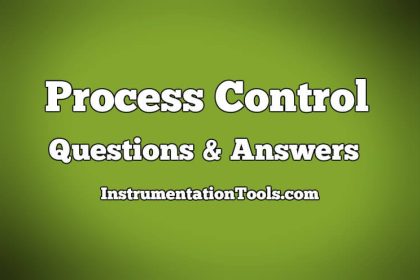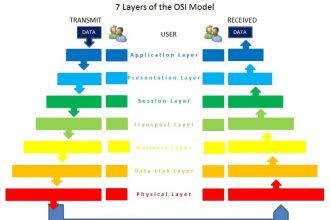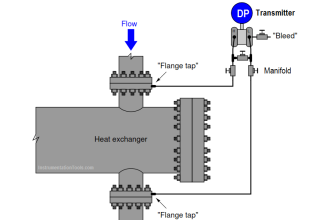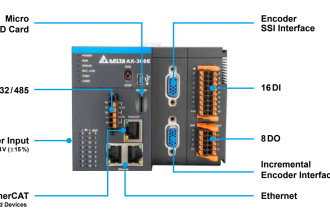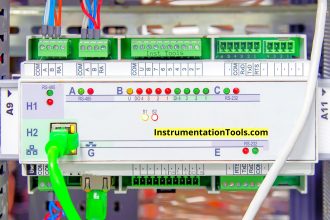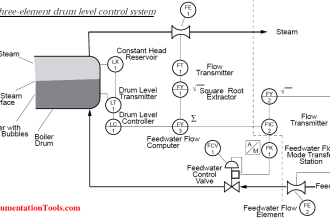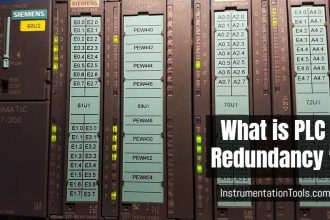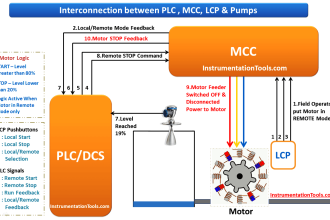Single Beam and Double Beam Instruments Questions & Answers
1. Which of the following statements is false about single beam absorption instruments?
a) Tungsten bulb is used as source
b) Beamsplitter is used to get parallel beam
c) Test tube is used as sample holder
d) Photovoltaic cell as detector
Answer: b
Explanation: Single beam instruments make use of one beam. Therefore, beam splitters are not required in single beam instruments.
2. Which of the following statement is false about double beam absorption instruments?
a) It is similar to single beam instruments except two beams are present
b) Tungsten bulb is used as source
c) Reference beam must have higher intensity than sample beam
d) Both the beams after they pass through respective samples are compared
Answer: c
Explanation: Reference beam cannot have the higher intensity than sample beam. The beam is split into two beams of equal intensity.
3. Which of the following is not an application of colorimeter?
a) Paints
b) Inks
c) Cosmetics
d) Composition detection
Answer: d
Explanation: Colorimeter is not used to determine composition. Its application is paints, dyes, inks, cosmetics, and plastics.
4. In photometers, the readings of the specimen are initially obtained in the form of which of the following parameters?
a) Transmittance
b) Absorption
c) Wavelengths
d) Volume
Answer: a
Explanation: In photometers, the reading is initially obtained in the form of transmittance as some radiation is absorbed by the sample and the rest of the beam is transmitted. This transmitted beam is measured by the detector.
5. Colorimeters are used in applications where great accuracy is required.
a) True
b) False
Answer: b
Explanation: Colorimeters are used in applications where great accuracy is not required. They are also known as photometers.
6. In the diagram of single beam photometer given below, identify the component that is not marked.
a) Monochromator
b) Absorption filter
c) Sample holder
d) Interference filter
Answer: c
Explanation: In single beam spectrophotometer, the beam passed through the sample which is held in the sample holder. The transmitted beam is measured by the detector.
7. Colorimeters are used to determine the concentration of solutions.
a) True
b) False
Answer: a
Explanation: Colorimetry is the science of color measurement. It is used to determine concentrations of solutions.
8. Which of the following is the purpose of balance indicator in double beam photometer or colorimeter?
a) Selects particular wavelength
b) Splits the wavelength selected into two equal beams
c) Detects and indicates the amount of light falling on it
d) Indicates the difference between the output of two photometers
Answer: d
Explanation: It compares the output of the two photometers obtained using two beams. It indicates the output.
9. Which of the following is the purpose of the beam splitter in double beam photometer or colorimeter?
a) Splits beam into two equal intensity beams
b) Splits beam in such a way that sample beam has higher intensity
c) Splits beam in such a way that reference beam has higher intensity
d) Merge two equal intensity beams into single beam
Answer: a
Explanation: Beam splitter splits the beam into two equal intensity beams. One beam passes through the sample and other through the reference.
10. Which of the following is a source used in spectroscopy?
a) LASER
b) Tube light
c) Sodium vapor lamp
d) Tungsten lamp
Answer: d
Explanation: Tungsten lamp is the source used in spectroscopy. It is the source used in UV, Visible spectroscopy.




